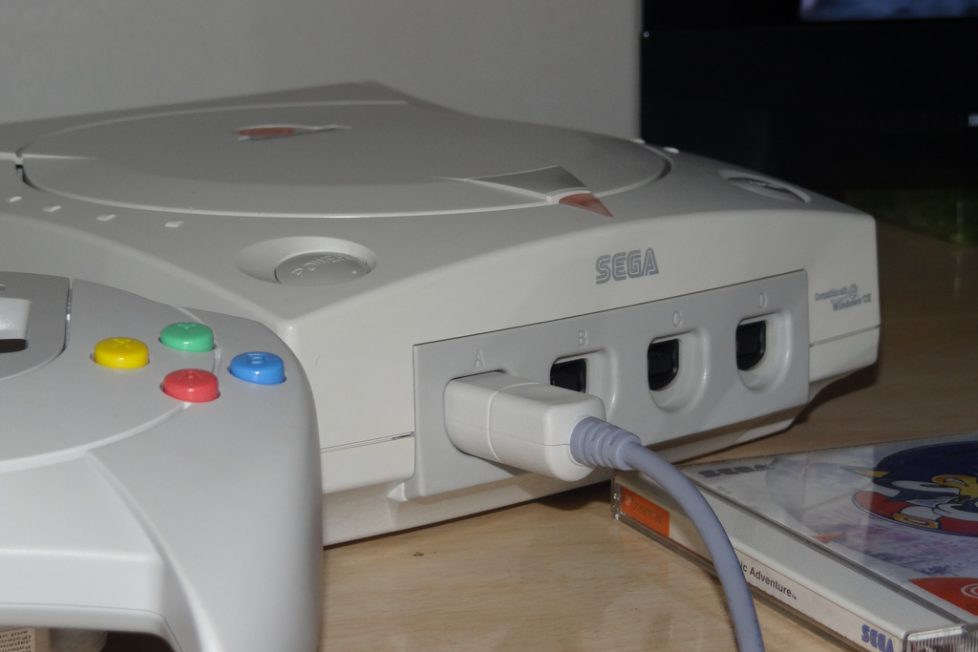Why Didn’t the Dreamcast Do Better?

The Dreamcast wasn’t supposed to fail. When Japanese video game manufacturer Sega released the gaming console in the US on September 9, 1999, it was already garnering rave reviews for being ahead of its time. In terms of sixth-generation or 128-bit consoles, it was the first one out of the gate. It was also the first gaming device with built-in online capabilities; thus, giving birth to the now-ubiquitous online gaming culture. While most of the previous consoles were cartridge-based, the Dreamcast went with CD-ROMs instead, which yielded more storage and produced more powerful games. It also didn’t hurt that the Dreamcast had a game launch line-up that was far from shabby: Sonic Adventure, Soul Calibur, and Marvel vs. Capcom were a few titles. The Dreamcast was initially successful, Sega moved more than 500,000 units within the first two weeks of the US launch, that there were widespread hardware shortages. So, what ultimately went wrong?
THE BAD TASTE LINGERS
During the 1990s, Sega was the only major rival to long-time market stalwart Nintendo during the 16-bit console wars. Sega had the Genesis, while the latter had the Super Nintendo Entertainment System (SNES). However, Sega had a flop with the Genesis’s immediate successor: the 32-bit Sega Saturn. Difficult to develop and debuting with a comparatively hefty price in 1995, the Saturn was never popular in the US. Unsurprisingly, it lost serious ground to its Nintendo counterpart–the Nintendo 64. Even more successful than both the Saturn and the N64 was the entry from newcomer Sony: the PlayStation. The Dreamcast was unlucky enough to be the immediate successor of the Saturn, and Sega had quite an insurmountable task of restoring public faith in its capabilities as a major gaming hardware manufacturer.
PLAYSTATION STEALS THE THUNDER
Sony’s ascendancy as the new alpha of the video game console industry didn’t help either. Unlike the N64, which was stuck with the suddenly archaic game cartridge format, Sony’s next offering, the PlayStation 2, used optical discs. Additionally, unlike the Dreamcast, it supported DVDs. Thus, the PlayStation 2 was more than just a gaming console; it was an entertainment center. The public reacted accordingly, eventually making it the most successful video game console. Released on March 4, 2000–15 months after the Dreamcast’s debut in Japan–the PlayStation moved more than 150 million units. Meanwhile, the Dreamcast moved only 8 million units throughout its production run.
MO’ MONEY (SPENT), MO’ MONEY PROBLEMS
The dominance of the PlayStation brand compelled Sega to throw more money behind the Dreamcast– the company even slashed the price. It didn’t work. Dreamcast sales continued to plummet as Sony’s machine continued to soar. Sega was still recovering from the poor Japanese launch, which had taken place on November 27, 1998. By the end of 2000, Sega recorded a yearly loss of $389.9 million. This was the company’s third annual loss in a row.
GONE TOO SOON?
The failure of the Dreamcast had far-reaching consequences. On March 30, 2001, Sega pulled the plug on the suffering console, exiting the home video game console business for good. Some industry analysts theorize that the Dreamcast could have recovered if it had stayed a little longer in production. Sega marketing and PR veteran, Tadashi Takezaki, doesn’t seem to think so, “In essence, it was a pure matter of cost,” he said in a Polygon interview in 2013. In other words, thank heavens Sega closed shop when they did.
Byline
Taylor Hancock writes on video games, MTG cards from card kingdom, CCGs, board games, geek conventions, movie trivia, Star Wars lore and other kindred topics.
Image credit goes to ec_rodrigues.
